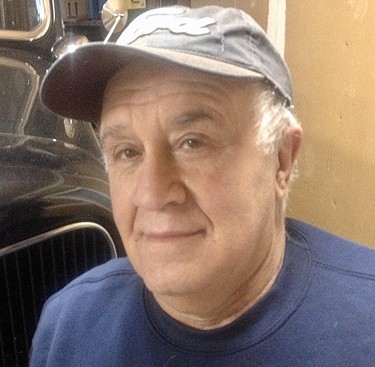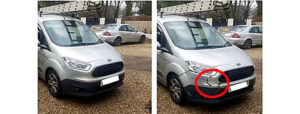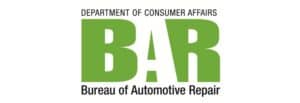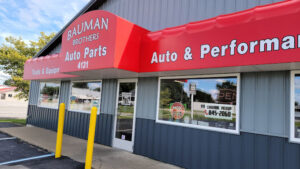I helped a few people get into our trade and I encourage others to reach out to the next generations to build interest in the industry. Opening doors is so much better than closing them.
Editor’s note: Paul E. Grech owned the former San Franciso shop, Allied Engine & Auto Repair, before retiring. In this column series, Grech shares his experiences as a shop owner.
One of the benefits of being a retired shop owner is being able to go into San Francisco in my spare time and visit with my old buddies in their shops. On one such recent excursion, I learned one of them had just closed his doors and called it quits.

He said he just lost two very good employees and couldn’t find suitable replacements. This also just happened with another shop owner friend in Oakland — and I hope this is not the start of a new trend. Getting new generations interested in automotive repair is one of the top challenges we face today, and I’m reminded of a program I began with the Boy Scouts of America years ago to build curiosity and, perhaps, even build awareness as a career opportunity.
In the early nineties I volunteered to do an automotive program with the organization that involved about eight cycles in my shop (the same can be accomplished with other youth groups such as 4-H). The best part about the program was I was able to talk to the parents about our industry: I told them what I was able to accomplish in my life with my hands, a toolbox and a high school education. And I also explained that I was able to accomplish this doing something I enjoyed.
“The most important lesson I shared was the exhilarating feeling you get when the job is done and you turn the key and the engine starts.”
Each session was three hours once a week. I started by showing the kids how to safely change a flat tire on the side of the road; how gas was pumped to the engine and how the engine developed power, which is then delivered to the transmission and driveshaft, differential and, ultimately, the wheels. They were very fast-paced presentations.
Then I went into the very basics of repairing a car: the definition of what a bolt is (an inclined plane wrapped around a pin). I held a Cleves pin in one hand and a helicoil insert in the other. I explained the different pitches of bolts as well as how they should feel when you remove them and install them. I also told them that almost always a power tool does the work for you.
When we got into diagnostics and using scanners, the kids took right to it, probably through being raised on computers and gaming. We worked on both older and newer models. Then, I taught them how to select the right tool to remove the bolts and nuts that the held the components together. The trick, I told them, is for the tools do the work — not you.
I also explained what happens if they lose a bolt and the time that is wasted looking for a replacement. But the most important lesson I shared was the exhilarating feeling you get when the job is done and you turn the key and the engine starts. I helped a few people to go into our trade doing this and I encourage others to reach out to the next generations to build interest in the industry. Opening doors is so much better than the closing of a shop’s doors.
Aftermarket Matters will be republishing excerpts from Paul Grech’s book, “So, You Want to Become an Auto Technician — What to Expect Your First Day on the Job.” The installments can also be used as a curriculum for a similar outreach program as above to engage youth groups with the industry and automotive repair.










Comments are closed.